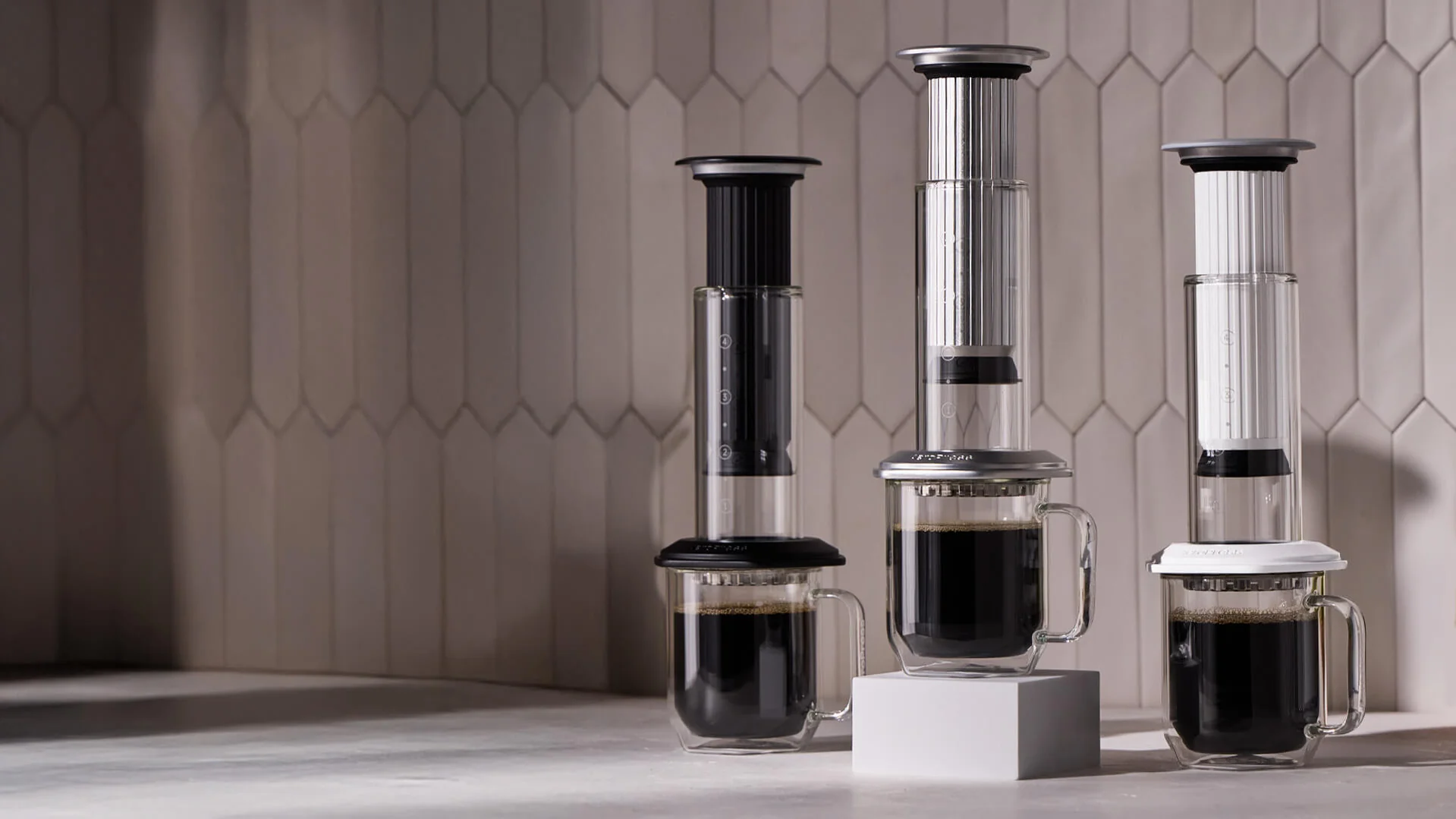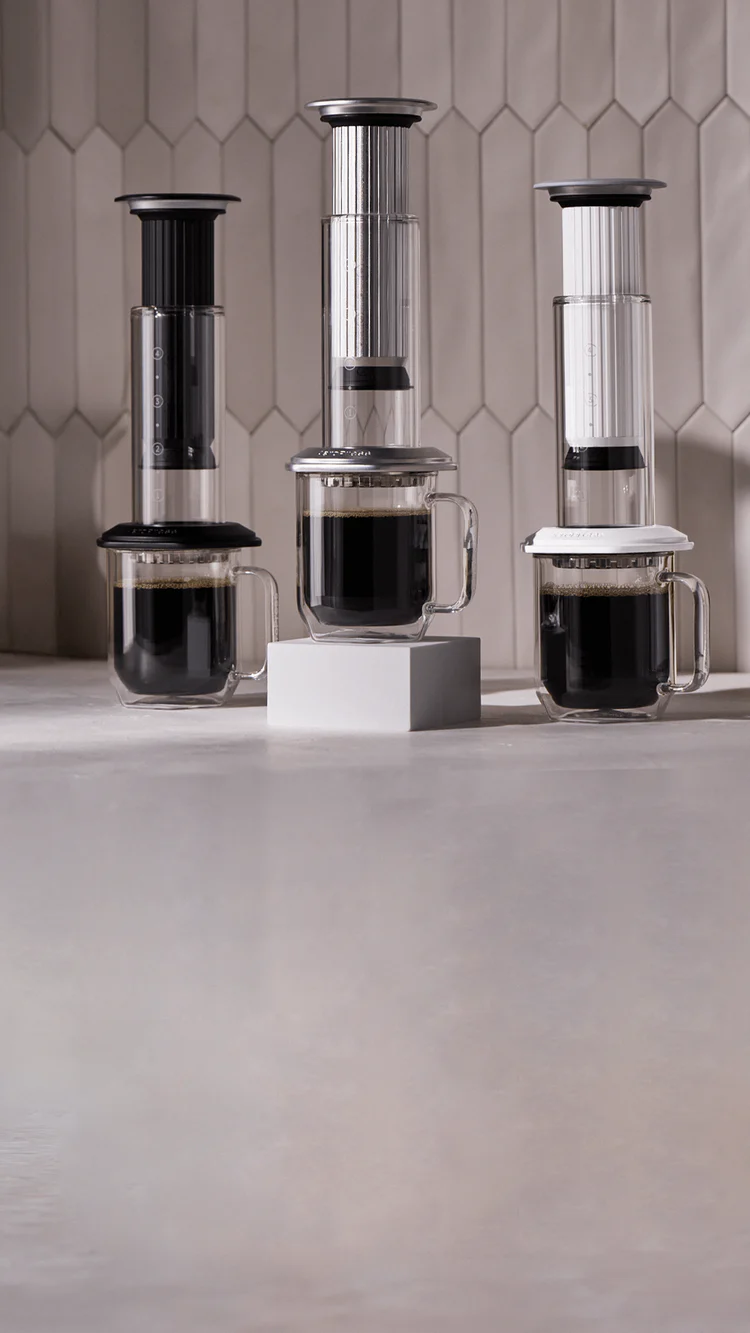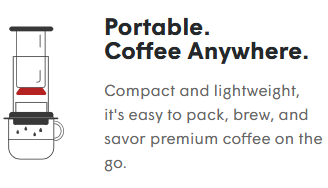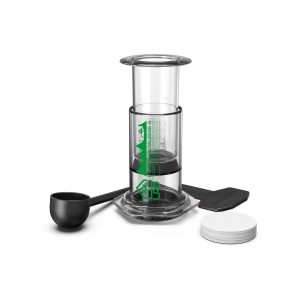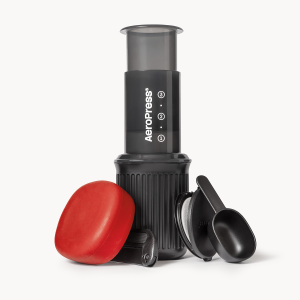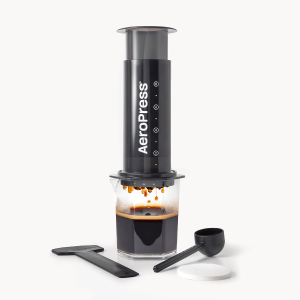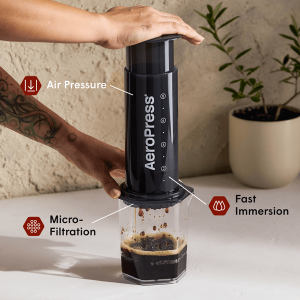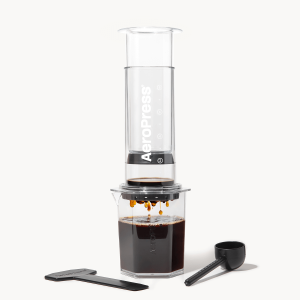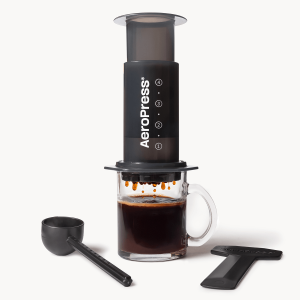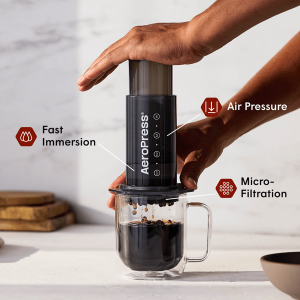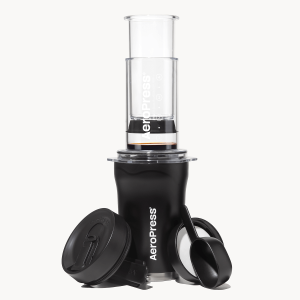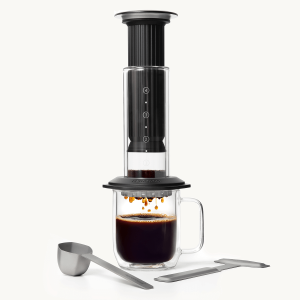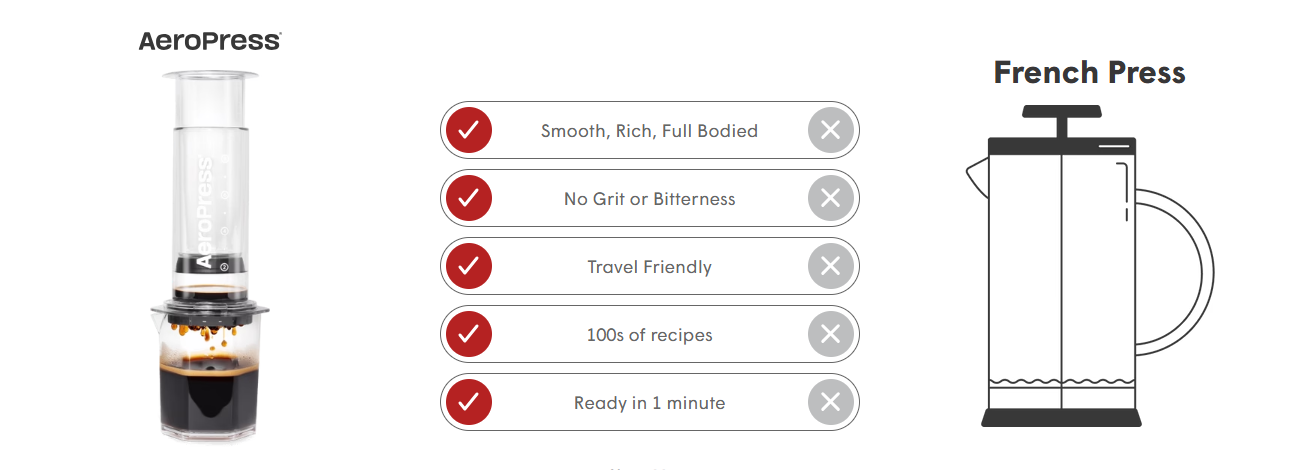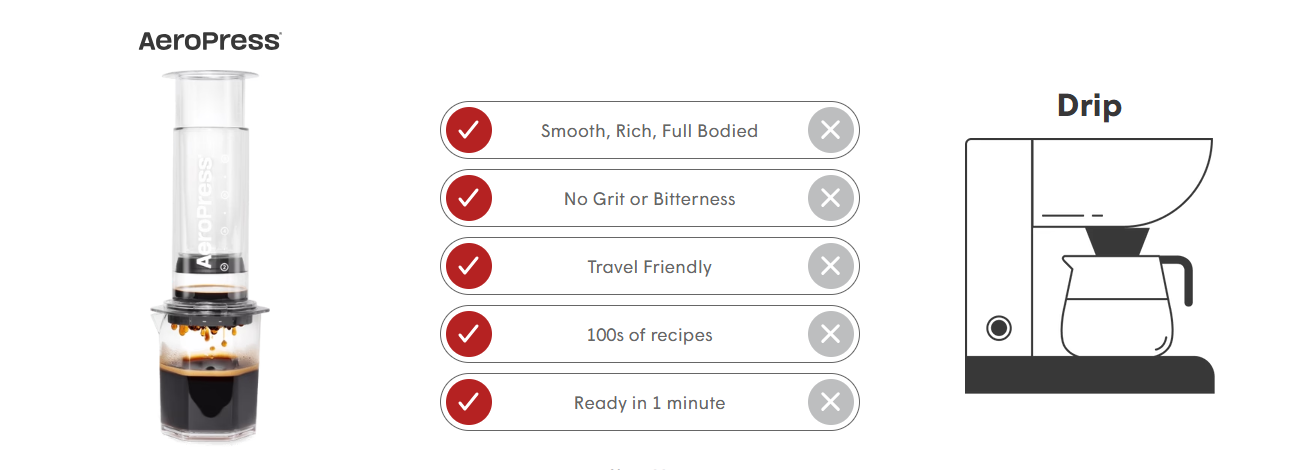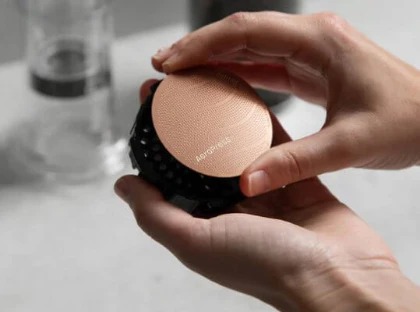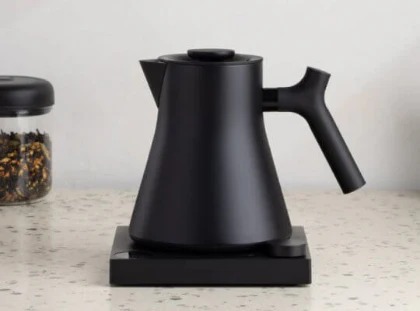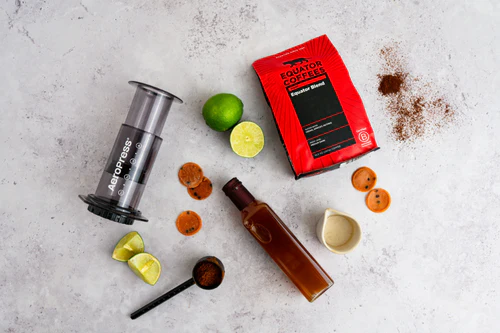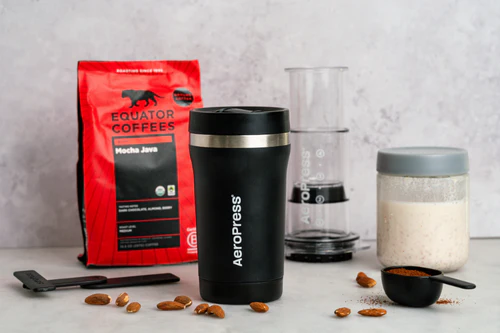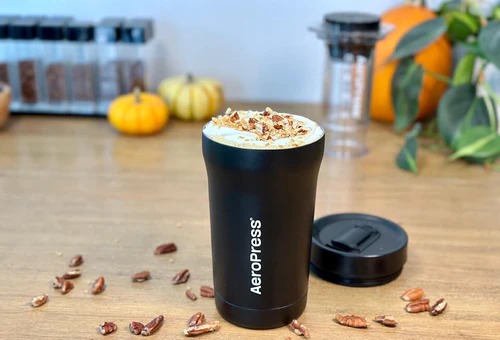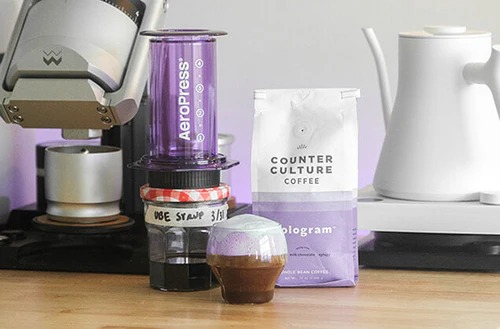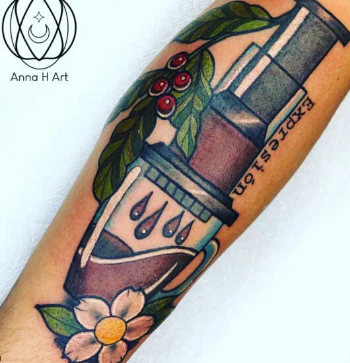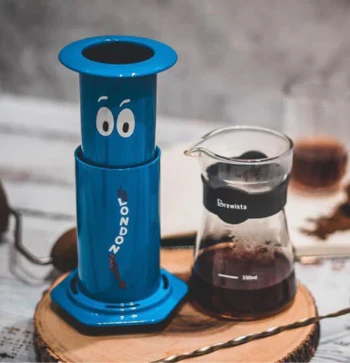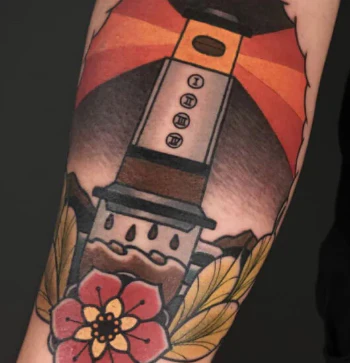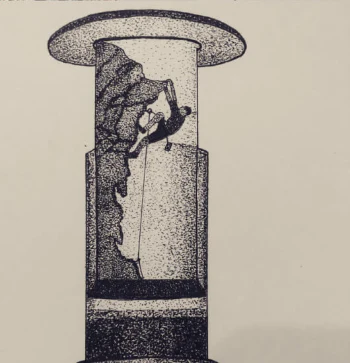New
Premium Black & White
Our iconic 3 in 1 brewer handcrafted in double wall borosilicate glass and metal
Brew Faster. Taste Better.
How Do We Stack Up?
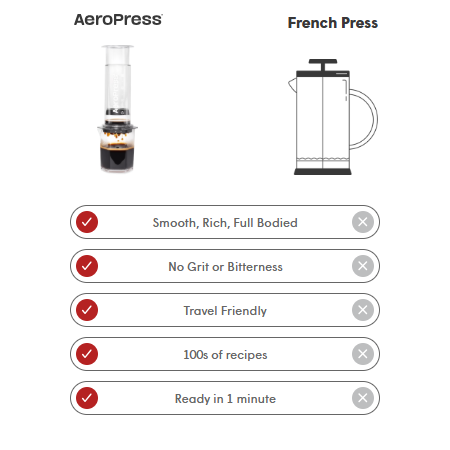
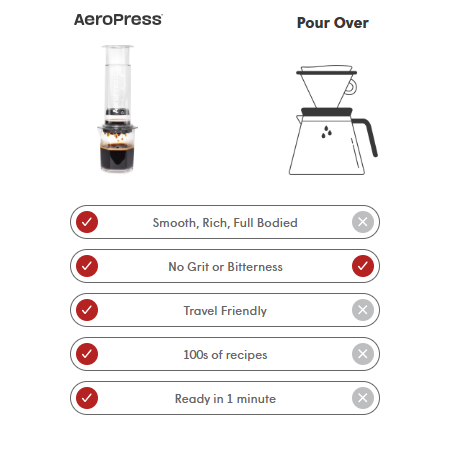
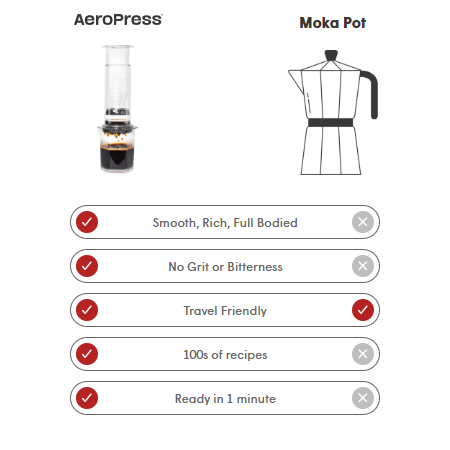

Press for Better Coffee
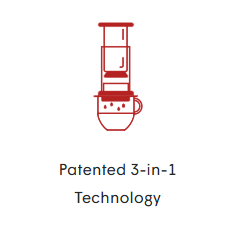




The AeroPress Kitchen
AeroPress Tropical Coffee Amaretto Sour
Coffee • Gin • Yuzu Juice
Homemade Almond Milk Cold Brew with AeroPress Go Plus
Coffee • Almond Milk • Ice
AeroPress Strawberry Latte
Coffee • Strawberry • Milk
Maple Pecan AeroPress Latte
Coffee • Pecan • Milk
Baratza Vario W+ with AeroPress
Coffee • Water
Ube Einspänner AeroPress Latte
Coffee • Ube Extract • Cream
AeroPress Pistachio Honey Iced Latte
Coffee • Pistachio • Milk
Espresso Martini with Tequila and Salted Caramel
Coffee • Tequila • Caramel
Espresso Martini with Vanilla Recipe
Coffee • Vodka • Vanilla
AeroPress Iced Boo-Berry Matcha Latte Recipe
Coffee • Matcha • Milk
Experience Aeroprass
Classic Recommendation.
The Evolution of Coffee Machine Technology and the Modern Home Barista
The history of the coffee machine is a fascinating journey that mirrors our own evolving desire for both efficiency and quality. What began as relatively simple devices for batch brewing has blossomed into a sophisticated ecosystem of technology, putting the power of a professional barista’s toolkit right onto the kitchen countertop. Today, the home coffee maker is at the nexus of design, engineering, and culinary science, fueling a new generation of home baristas who demand excellence with every pour.
The rapid advancements in coffee extraction technology are perhaps the most compelling story. Early home devices were largely focused on drip mechanisms, prioritizing volume and speed over precision. The modern era, however, is defined by the pursuit of professional-grade extraction metrics. This shift is evident in the prevalence of machines that incorporate advanced heating systems. Unlike older models that could fluctuate wildly, contemporary devices often utilize complex thermoblocks or dedicated boilers to maintain an incredibly stable and precise water temperature. This stability is vital, as even a small drop in temperature can result in an under-extracted, sour cup, while excessive heat leads to bitterness. By controlling this variable with sub-degree precision, the subtle and complex flavor notes of high-quality beans are fully realized, providing a cup that rivals the best cafes.
Hand in hand with temperature control is the development of sophisticated pressure and flow control. For espresso preparation, the standard for optimal extraction is around nine atmospheres of pressure. Modern semi-automatic and fully-automatic home machines are engineered to reliably deliver this precise pressure profile. Furthermore, some cutting-edge devices even allow the user to program pre-infusion—a brief soak of the coffee grounds before the full pressure is applied—which gently wets the grounds and ensures a more uniform extraction. This level of minute control over water flow and pressure mimics the best commercial equipment, allowing the home enthusiast to manipulate the body, crema, and flavor intensity of their espresso shot, transforming a simple dark liquid into a complex, layered beverage.
The rise of the home coffee machine has also coincided with a greater emphasis on bean preparation and freshness. The grinding of the coffee bean is arguably the single most important step in the process, and modern machines reflect this understanding. Many high-end home setups now feature integrated, professional-quality burr grinders. Unlike blade grinders which chop the beans inconsistently, burr grinders crush them into uniformly sized particles. This consistency is crucial for even extraction, preventing some particles from being over-extracted and others under-extracted. Furthermore, the ability to grind beans just before brewing ensures maximum freshness, capturing the volatile aromas and oils that quickly dissipate once the bean is broken open. The integrated grinder thus represents a fusion of two essential pieces of equipment into one seamless, freshness-focused system.
Beyond the brewing mechanics, smart technology and user interface design have made the complexity of high-end coffee more accessible. Connectivity has brought the coffee machine into the broader landscape of connected home devices. Users can now program their brewing cycle remotely via a simple application, ensuring their morning beverage is ready the moment they step into the kitchen. Touchscreen interfaces and intuitive menus simplify the creation of complex milk-based drinks, guiding the user through steps like frothing technique, beverage type selection, and volume adjustments. These user-friendly designs demystify the process, turning what was once a specialized craft into a series of repeatable, predictable, and delightful outcomes.
Finally, the focus on sustainability and longevity is increasingly influencing machine design. There is a growing movement toward durable, repairable components and away from planned obsolescence. Many consumers are seeking out machines that are designed to last for years, with readily available parts and straightforward maintenance procedures. The rise of reusable pods and filter baskets is also addressing environmental concerns related to single-use waste. This commitment to quality engineering and reduced environmental impact aligns the purchase of a coffee machine with a broader trend toward mindful consumption and investment in high-quality, enduring kitchen tools.
In essence, the modern coffee machine is a testament to how consumer passion drives innovation. It has evolved from a basic brewer to a precise, smart, and versatile piece of equipment that empowers the average person to achieve truly exceptional results. It transforms the kitchen counter into a personal laboratory, allowing for continuous experimentation and the daily enjoyment of an impeccably crafted beverage.
Would you like me to generate ideas for social media posts to promote these blog articles?
